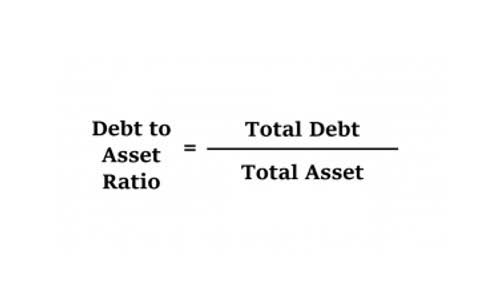
It’s estimated that the average profit margin for a full-service restaurant sits around 3-5%. For example, if your restaurant has $3,000 worth of inventory on hand at the beginning of the week and purchases another $2,000 of food products, you have $5,000 worth of inventory. You don’t get shift scheduling with FreshBooks, as you do with R365, but you can track your staff’s hours worked and restaurant bookkeeping see how they’re spending their time. In rating user reviews, we checked user reviews websites to gain user insights and suggestions. We believe that feedback from actual and verified users of the software gives us information about its usability for small businesses. The right choice for your restaurant lies at the intersection of reasonable prices, feature breadth and easy platform usage.
- You can stuff your receipts into one of our Magic Envelopes (prepaid postage within the US).
- These include payment acceptance, expense tracking and cash flow management.
- This is a helpful bookkeeping process that verifies every transaction across your accounts so that your ending balance matches.
- Always know what’s going out, coming in, and when supplies are running low.
Find help articles, video tutorials, and connect with other businesses in our online community. As long as you have an internet connection, you can access QuickBooks anytime, anywhere on your device of choice. But it also brings its own set of challenges—which is why we’ve created this guide to get you started on the right foot.
Choosing Accounting Software for Restaurants
The Starter Plan costs £14.00 per month and is ideal for small restaurants just starting. The Standard Plan is £28.00 per month and best suits small restaurants enjoying growth. Premium costs £36.00 per month and is the best option for larger, more established restaurants. Lastly, you have Ultimate at £48.00 per month which provides additional payroll and expenses features, as well as analytics.
- While the hospitality sector reopens across North America, owners and operators face a whole new set of challenges.
- This is further broken down into business-specific categories or sub-accounts, such as inventory, sales, and marketing.
- We liked seeing this unique, restaurant-friendly feature alongside standard accounting tools that grow as you do.
- The overall goal with bookkeeping is to minimize operating expenses and maximize profits.
- Accountants use the financial statements bookkeepers produce to prepare tax returns, create budgets, and provide financial advice.
The expert evaluation is an overall scoring of the software’s features, mobile app, and reports. The only reason not to pursue a free trial would be if you can only afford a pricing plan for which you forgo the trial. You’ll lose more money investing in a poor software fit than if you pay a bit more for a top-quality platform.
How to use accounting and finance for your restaurant?
Smaller restaurants might find it expensive—especially since payments are on a quarterly basis. Hence, more locations mean a more expensive quarterly subscription commitment. A more affordable alternative would be MarginEdge plus QuickBooks Online Plus. MarginEdge is $330 per month while QuickBooks Online Plus is $85, which brings us to a total monthly cost of $415 for unlimited locations.

While accounting for restaurants can be arduous, it doesn’t have to be a daily struggle if you choose the right approaches. Good accounting software helps you process, gather, and analyze data effortlessly and accurately. POS system integration is a crucial aspect of any restaurant accounting software you use for your restaurant.
Accounts payable
Now that we’ve looked at the specific requirements your industry faces, let’s look at the best accounting software for your restaurant. Yes, Excel can be useful in preparing certain schedules for restaurants, but we highly recommend using bookkeeping software for tracking income and expenses for the easiest time. As with Wave, QuickBooks Online is accounting software by default, but it can be repurposed for restaurant management through its class and location tracking. Restaurant365 features a lot of functions that can help restaurants manage operations. From ingredients sourcing to the customer’s table, it provides you a full view of everything happening in the kitchen or on the floor.
This not only protects the restaurant from legal issues but also contributes to a fair and transparent work environment. Although restaurant accounting is similar to standard accounting in some ways, there are also industry-specific factors every restaurant needs to manage well. Partnering with an accountant can also help ensure your restaurant complies with regulatory requirements, such as taxation and minimize errors to improve the accuracy of your financial reporting. Outsourcing your restaurant accounting can be a strategic option for many venues, especially if you don’t have the in-house expertise or resources to manage your finances properly. For example, you may want to reduce your food cost percentage by 2%, decrease your labor costs by 3% or increase your average order value by $5. Whichever way you look at it, restaurants operate with razor-thin profit margins, emphasizing how crucial it is to keep on top of your restaurant accounting.

